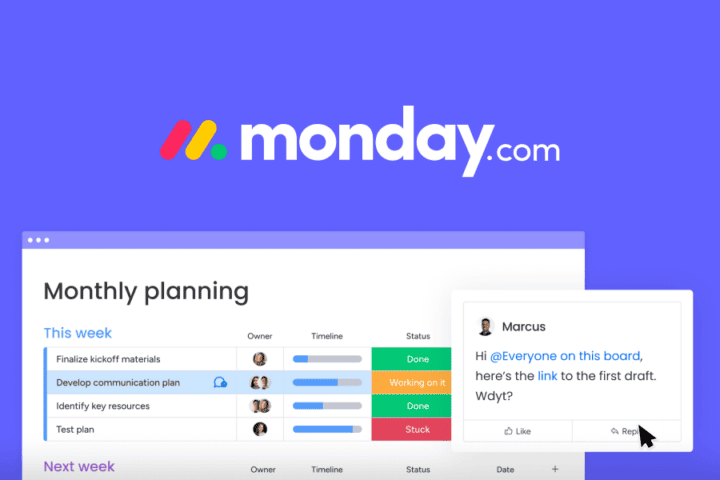Many universities and schools in the digital age might claim to know about cybersecurity. However, do they all actually take the necessary steps to stay safe from cyberattacks? Let’s lay out 5 key cybersecurity factors to help educational institutions around the world increase their cybersecurity and prevent cyberattacks.
1 Recognize the cybersecurity issue
No strategy can be implemented if we don’t first recognize “why” it is necessary in the first place. Therefore, as a first cybersecurity factor, it is essential that every educational institution is aware of the issues. And not just the institution per se but everyone who makes life in it: educators, administration employees, students and workers.

Educational institutions handle enormous amounts of data. They have access to all kinds of information, educational, financial, health and sensitive data. This reality means that they also have a very high exposure to cybersecurity risks.
In addition, universities and schools also pose a risk to other organizations when they are compromised. None of this is a secret to cybercriminals.
In the United States alone in 2019, 89 universities, colleges and school districts suffered multiple ransomware attacks. Over 1,233 institutions were potentially affected. From 2019 to 2020, attacks against universities skyrocketed 100%, according to BlueVoyant. They also began demanding larger sums of money from universities, as the average cost of a ransomware attack in 2020 was $447,000.
Verizon’s recent data breach investigations report stated that educational institutions performed poorly reporting phishing attacks, losing critical response time for victim organizations. Their main weakness was web applications, with 67% of threats coming from outside, and 33% from inside.
2 Assess virtual environments
“Assessment” is a powerful word. Especially when we use it to define the process in which we analyze ourselves. And this might sound repetitive, but have we really evaluated our digital environments?. Knowing what your cybersecurity risks are and how they can affect your university or school is a crucial factor in optimizing your network security.

If we don’t know how to assess the risks to our institution, we won’t know what we need to do to be secure either. Being able to make such an assessment is a main cybersecurity factor for educational institutions. Because it is what will help you focus your efforts and make the most efficient use of your cybersecurity budget. In addition, knowing what your biggest security risks are will allow you to work proactively to protect your institution.
To begin with, many companies start with something simple like analyzing in accounting numbers: web traffic, number of assets connected to the networks, software in use and known vulnerabilities. And second, but not least, evaluate regulatory requirements. For example: the Higher Education Opportunity Act (HEOA) which obliges higher education institutions to protect sensitive student data. As well as others regarding financial and health data such as GLBA and HIPAA.
3 Recognize the value of all roles.
Every school and university is a collection of people working in an organized way with a purpose. This means that everyone has an important role to play in the overall well-being of the institution. In addition, cybersecurity threats in educational institutions can come from a number of sources. Not only can external cybersecurity factors be taken as true risks, but also internal ones.
Since everyone in the educational organization could come to have access to the networks. Actively participating in downloading free textbooks that could have suspicious sources and bring malware into an institution’s computer networks. Incurring email-based threats, such as phishing. Unsecured personal devices that can breach the wireless network.
As a final detail to this point, we must recognize the humanity. Many institutions ignore the possibility that internal employees may be responsible for the loss of private information. It can be difficult to scrutinize the people who work in your organization on a daily basis, even more so if we want to rely on the ethics of the educator. However, data breaches coming from within are not something to be taken lightly.
4 Educating to prevent
No defense is 100% proof against all cyber threats. A survey of some 2,500 CIOs revealed that 31% of security problems can be attributed to employee error, according to a study by staffing firm Robert Half Technology. That’s why a crucial factor in cybersecurity is educating to prevent.
Not every time a hacker is lucky enough to find some sort of breach in your network security, it’s because he or she spent the night cracking code. Sometimes it’s enough to write an email message. If an employee falls for a phishing attack or through a click or a download, it’s enough to breach the entire system or a large part of it.

There is a need to invest in cybersecurity education for all employees in educational institutions. Since one is always at risk of encountering a previously unknown security vulnerability. Perhaps some newly invented attack method appears against which there is no protection yet. If your employees are knowledgeable and can identify potential threats, they will be your best allies in combating them.
Among the least considered cybersecurity factors is security education. Investing in cyber-education for your employees can make a noticeable difference. In addition, it is possible to adopt various methods of instruction: be it regular training, lunchtime sessions and learning with the IT team. Also free seminars or even random phishing and breach detection tests.
5 Put the necessary tools to use
Although the human factor is also important when it comes to preventing cyber-attacks, it is not enough in itself. It is necessary to implement high-quality tools that can enable us to detect and manage system vulnerabilities. In addition to allowing us to solve them quickly by providing us with complete and detailed reports.
An important cybersecurity factor for educational institutions is to develop, implement and maintain an information security program. That is: designate responsible employees, identify and assess risks, design and implement a protection program, and select appropriate service providers. We should have the highest standards to choose these providers. Considering that a vulnerability breach could constitute greater economic and social losses.
As a cybersecurity tool among the most distinguished in the market is Acunetix. A web vulnerability scanner designed to help you effectively identify, manage and prevent more than 6,500 types of vulnerabilities. More than 2,400 companies worldwide, as well as prestigious universities certify Acunetix.
As an important detail to mention, tools like Acunetix are backed by GB-advisors. So you can also receive guidance for its installation, use and also training of your staff with experts in the area.
Consider these factors and make sure you do what you can to avoid becoming a victim of an attack. Don’t become part of the statistics.



